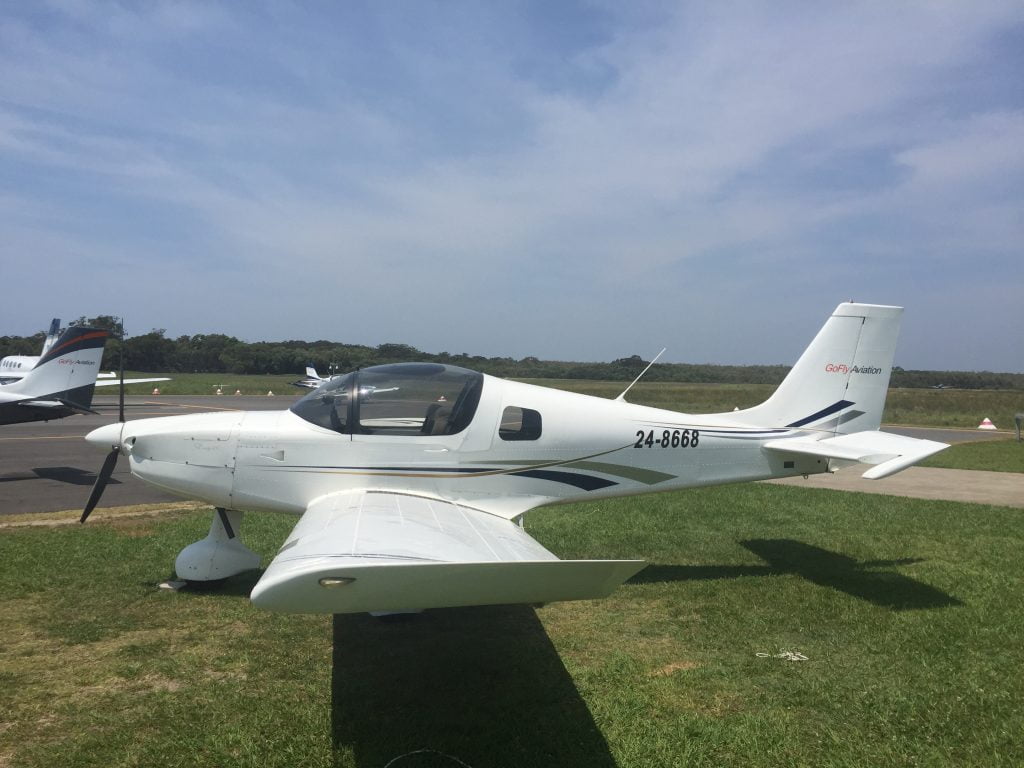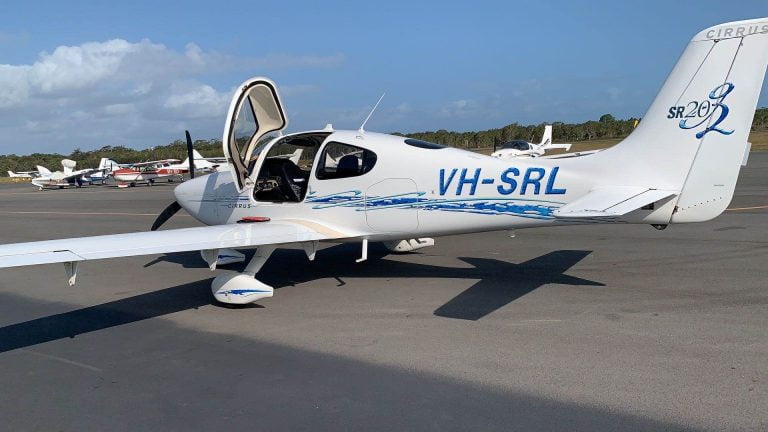Caloundra, Sunshine Coast
Email: goflyaviation@gmail.com
Flights 7 days per week
7.30am - 3.30pm
Buy gift vouchers and online videos 24 hrs per day
Phone: 07 5341 8125
9am-3pm Mon-Sun
After hours text:
0410496438


